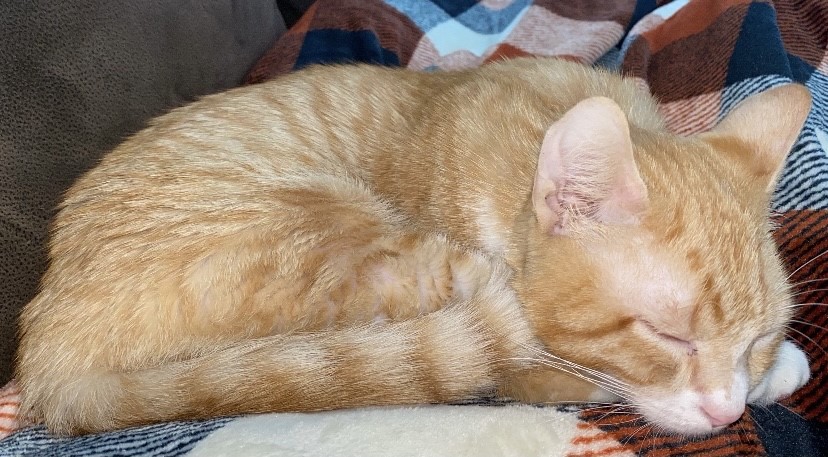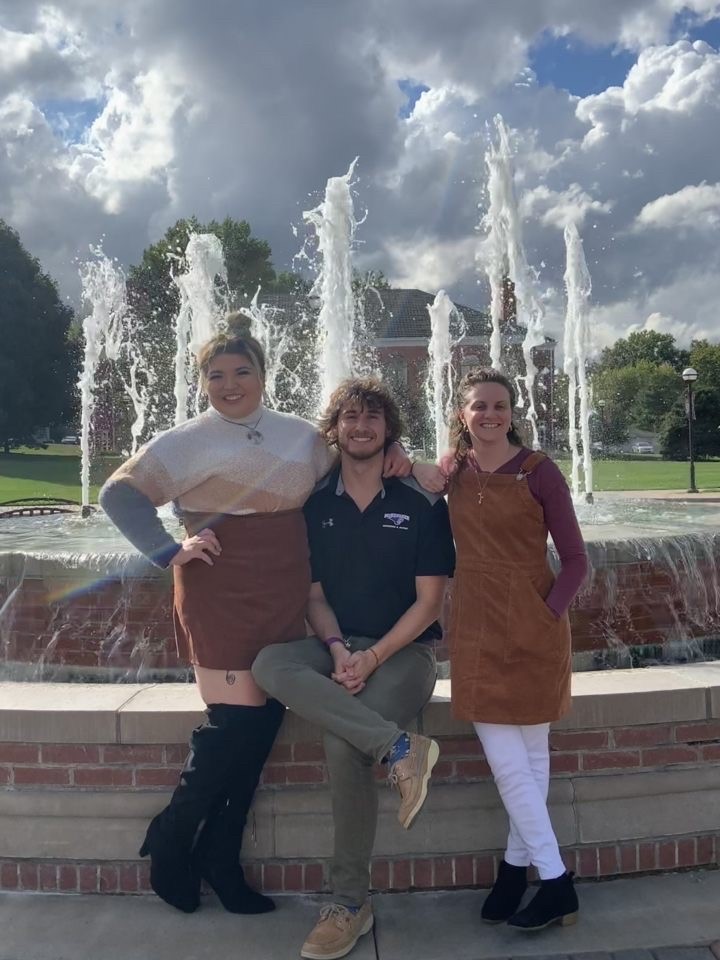
By Haley Rey, Editor in Chief
Photos from Phoebe McCutcheon, Craig Tompkins, Rose Marinucci, and Emily Olague
As most on-campus residents may know, McKendree’s Resident Life staff has three new Resident Directors at McKendree this year: Emily Olague, Rose Marinucci, and Charles (Craig) Tompkins. You may have even seen their faces on the TV screens in Ames, but are you aware of how much they do for our campus life?
I had the opportunity to sit down with all three staff members, who work in the three traditional dorm halls on campus: Walton, Barnett, and Baker. I know more about the job now, but I remember that as a freshman and sophomore, I had no idea what the specifics were when it came to my RD.
I asked them all several questions, beginning with how they found their way to McKendree.
Olague, the RD in Baker Hall, is from California. “I wanted to stay in Res Life, and I had no limitations—I could go anywhere. I got an email from McKendree when they reached out through a search filter (The Placement Exchange). I really like the vibe and the people here.” Olague has a master’s degree in War and Society, for which she will finish her thesis this fall.
Marinucci, Barnett Hall’s RD, told me, “I found McKendree through a search for an RD job. I really like small, private schools like this one.” Marinucci came from St. Louis and had previously worked at Greenville University and Malone University. She is looking at the master of arts in education in educational studies here.
Tompkins, the RD for Walton Hall, explained, “I went to McKendree for undergrad. As a student, I worked as an RA and I saw my bosses doing this job. I thought it could be fun and would allow me to continue my education.” Tompkins is in his first semester of the clinical and mental health counseling program.
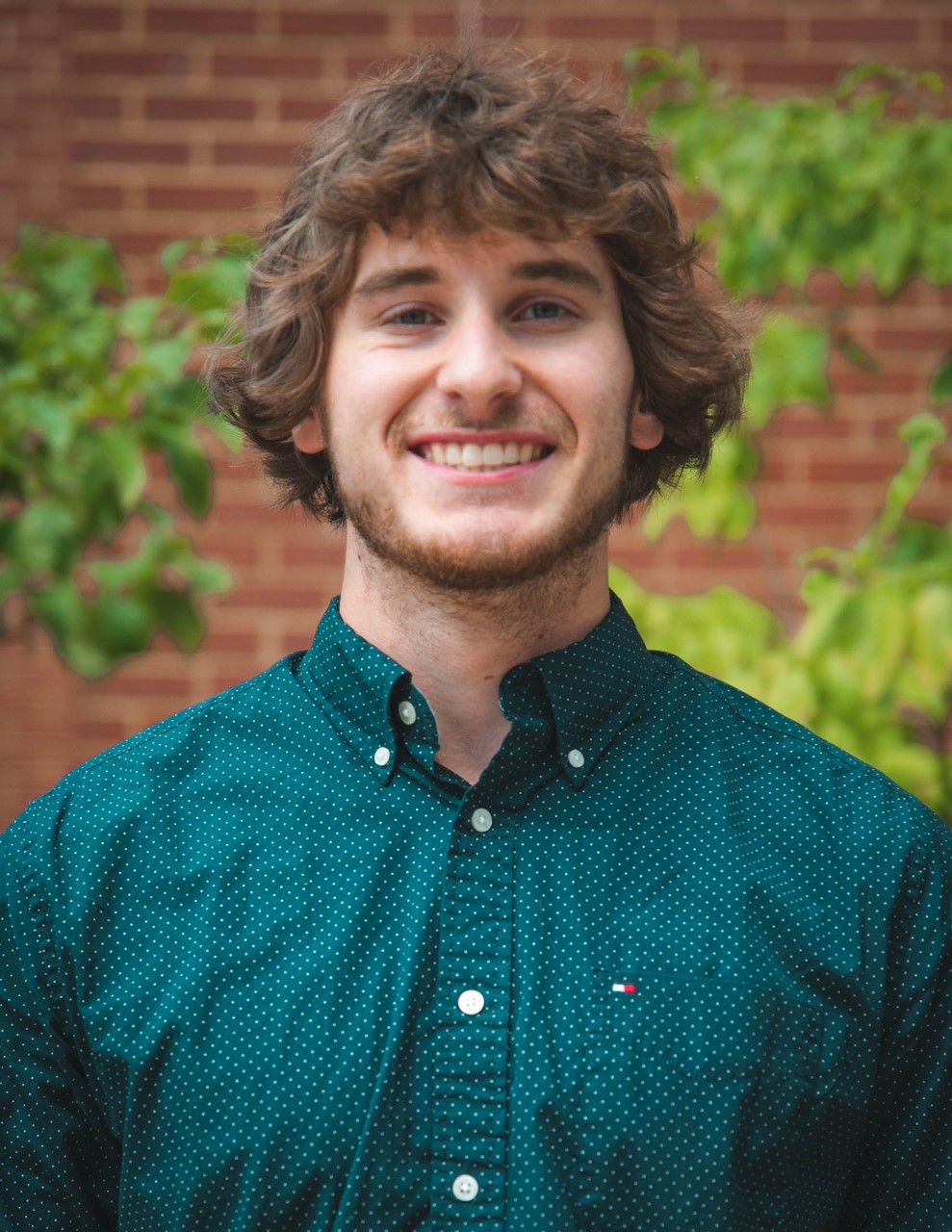
Next, I wanted to know the main aspect of the job, especially since much of the student body is unaware of its specifics.
“We’re the main building managers for our specific areas; we supervise and train the RAs and keep track of facilities,” shares Olague. “We want to help students constantly learn; they’re in class eight hours a day, but they’re with us for 16 hours a day. We want to build that community and bring fun and liveliness to our buildings. We also have to know the code of conduct like the back of our hand, and in enforcing it, we take a more educational approach instead of punitive. Students are here to learn, not to just get into trouble. We want to help them transform from living at home to living on their own and becoming an adult. We are a constant on-call crisis contact for our students to reach out to.”
Olague’s favorite part of her job is not knowing what to expect. “Every day is different; some challenges will come our way that we have to figure out how to solve. It’s hard to say what a day in the life is, because our days are always changing,” she explains.
Marinucci told me, “It’s easier to ask about what we don’t do, because we’re the front lines and the end of the line. We are the easiest way to contact the students—for anything a student needs when they’re here, we have something to do with it. Academically, they have other staff to talk to, but we attend to student wellness physically, mentally, spiritually, and emotionally. As a baseline day-in-the-life, we do office work, but the job involves a lot of communication with students.”
For Marinucci, the best part of being an RD is the one-on-one conversations and staff development times. “These are the most fulfilling. Being a mentor in that way is really nice because I can see the influence carry down to the students,” she said.
Tompkins helped me explain RD responsibilities even further. “I put the biggest emphasis on the social aspects of the job—talking to my coworkers about tasks, reaching out to students, answering the phone, staff development, working on the student environment (redoing the lounge, decorating the halls, etc.)—because that is what gives me life. I also really enjoy the conduct process because it’s an opportunity to teach students how to use some adult skills, like using time productively and reflecting on thoughts and actions. I want to form connections with the students.”
“As far as administrative tasks,” Tompkins went on, “we create and fill out forms, check our emails, make advertisements, review current policies, and keep track of important materials. Our big-picture assignments include putting together or supervising programs, overseeing our staff, redoing the staff manual, and so much more.”
Tompkins’ favorite part of the job is the staff he works with and the connections he makes with the students.
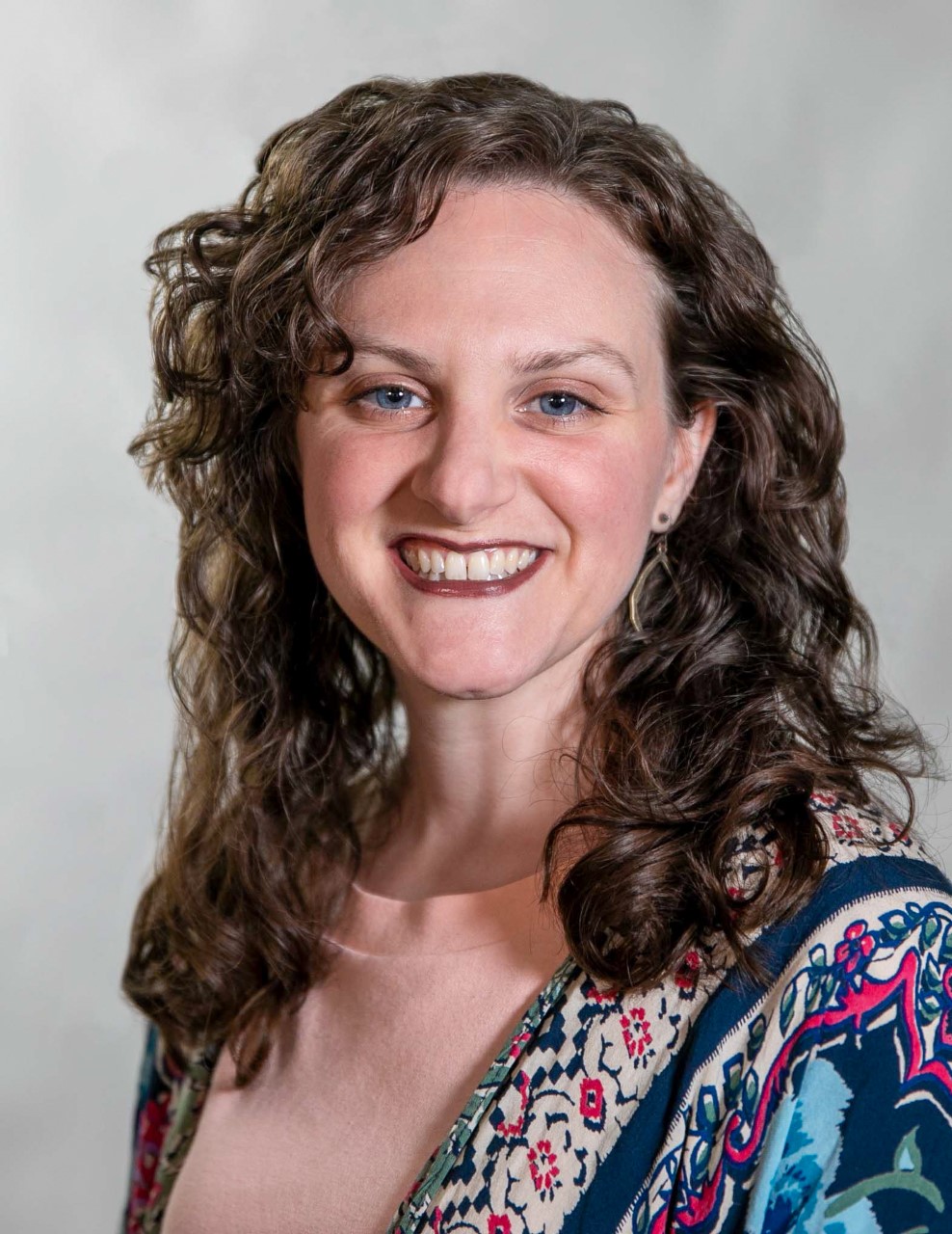
Since the RDs are rather young, I wondered if their age affected their authority or boundaries with students. Lower-level Res Life staff—like Resident Assistants and Community Coordinators—are embedded in the student body; they are a part of the undergraduate program and are more of a peer to their residents.
Olague explained, “We get mistaken for students a lot! Being young helps us build rapport with students… They look at us as having just lived through the experiences that they’re going through right now.”
Marinucci perceives herself as more separate from the student body. “I’m often viewed as younger, though, which I like because I can still be viewed as relatable. Right out of undergrad, I remember, it was much harder to set up boundaries. It’s easier now to distinguish myself as a separate entity and mentor,” they told me.
Tompkins’ take was a bit different: “I think my own personal dynamic can be a little weird because I did go here, and recently, too. I was a peer with some of my current residents, so trying to keep a balance of friendship and authority is like a tightrope walk.”
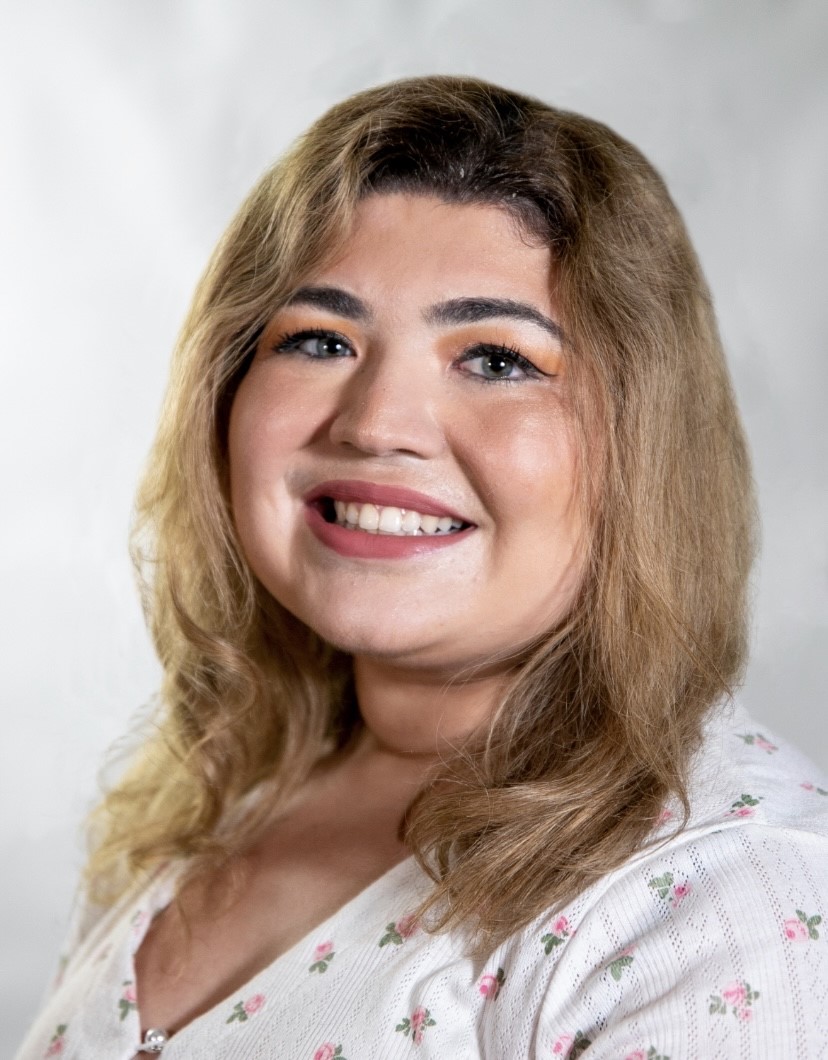
Finally, I asked the RD staff what messages they’d like to share with McKendree students.
“Use your resources!” Olague said. “There are so many opportunities for you to grow, and there are so many people willing to help. Just reach out to whoever you can to get whatever advice you need!”
Marinucci would like to encourage students to meet with her more often so she can get to know people better. She explained, “It’s harder coming out of COVID, and I can’t prop my door open because of my cats, but I always want to hear from students. I would love to have people just randomly stop by my office instead of only speaking with me when issues with conduct arise.”
Tompkins encourages using this time in life to find out who you are. He elaborated, “College is the time in life where you get to define yourself in almost every aspect of life—the effort you give, the effort you’ll accept, the thoughts you have about yourself, the reactions you have to outside circumstances, etc. It’s important to slow down, take deep breaths, be introspective, and figure out how to define yourself to create the best results for yourself from McKendree.”
All the campus RDs are available to meet with residents. You can sign up to meet with Olague here, Marinucci here, or Tompkins here!
As a bonus, I asked the RDs about their cats—they all have them!
Olague has two: Elliot, a black kitten with lots of energy, and Olivia, a tuxedo cat. They both love people!
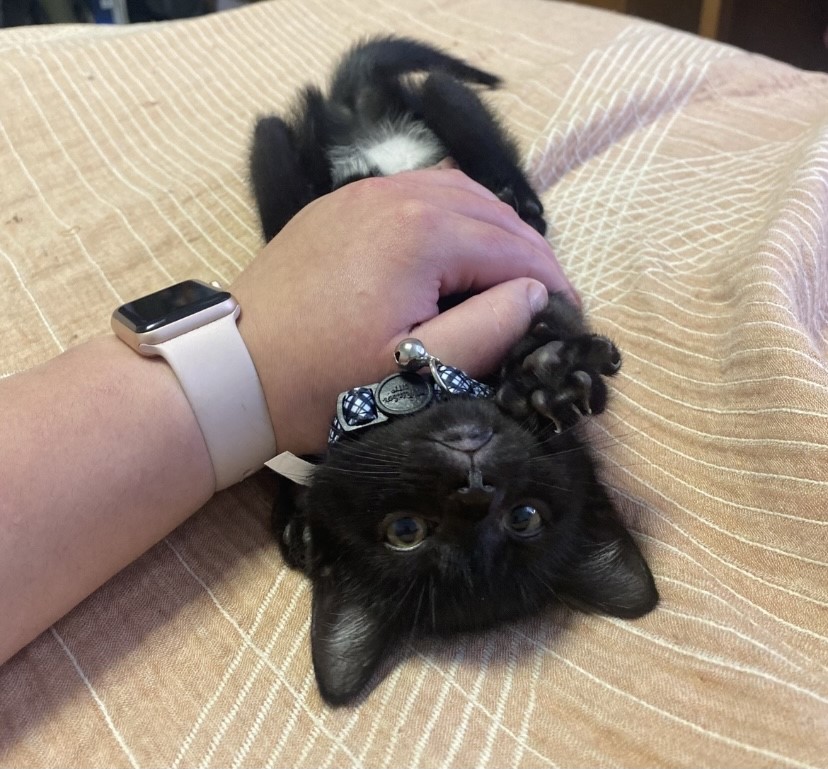
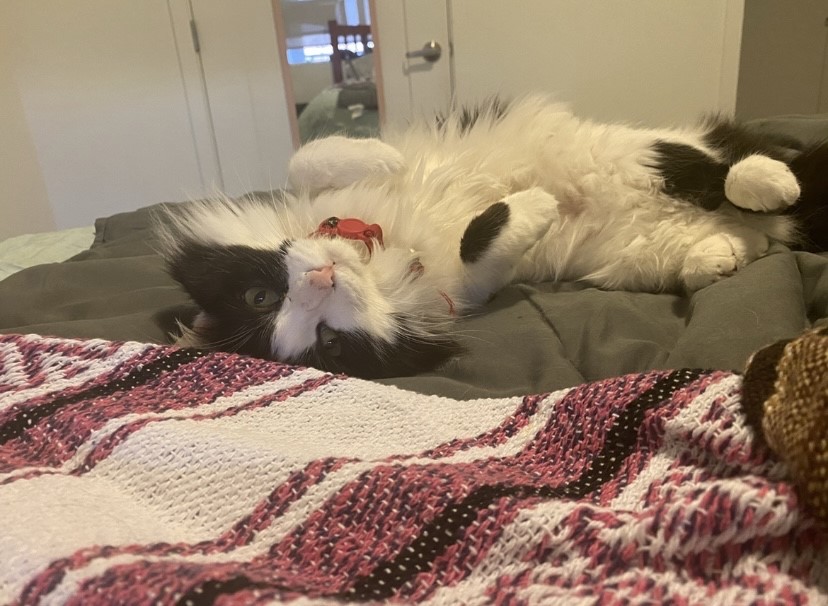
Marinucci also has two cats: Callie, a calico, and Winston, a tuxedo cat. They are both super friendly and love extra attention. Go visit them!
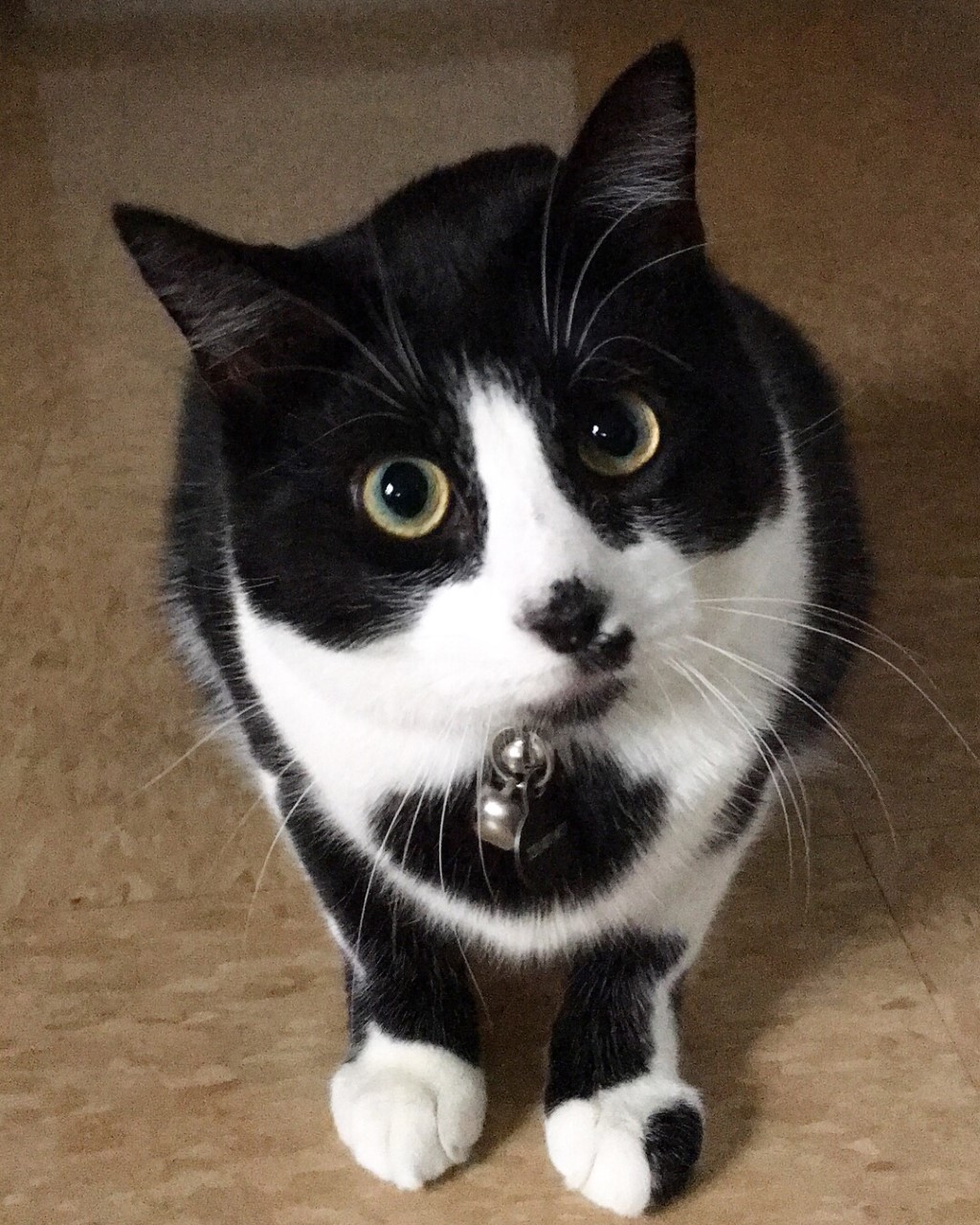
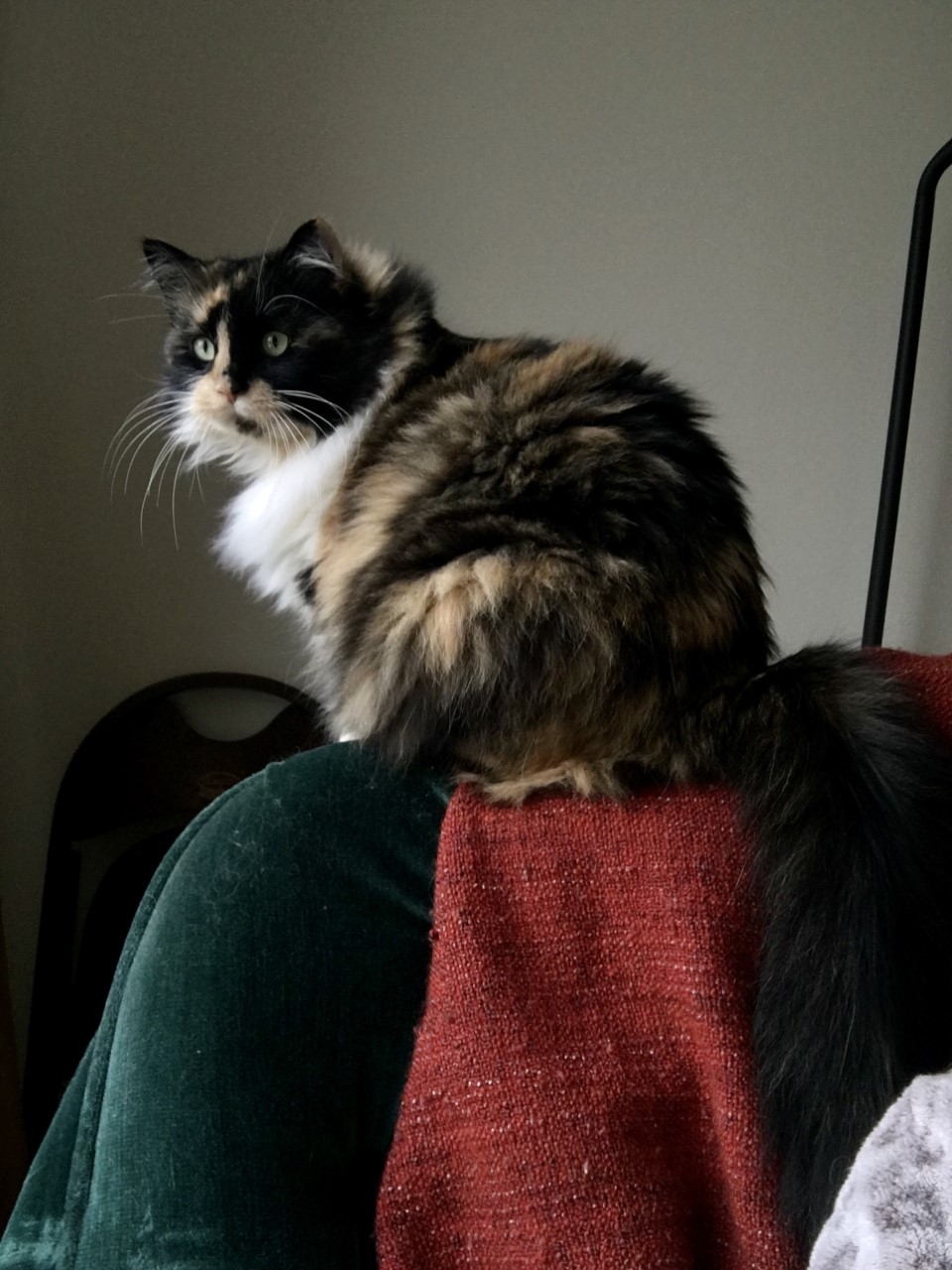
Tompkins’ cat is an orange-striped kitten named Bison. He is playful and likes to say hello to visitors.
